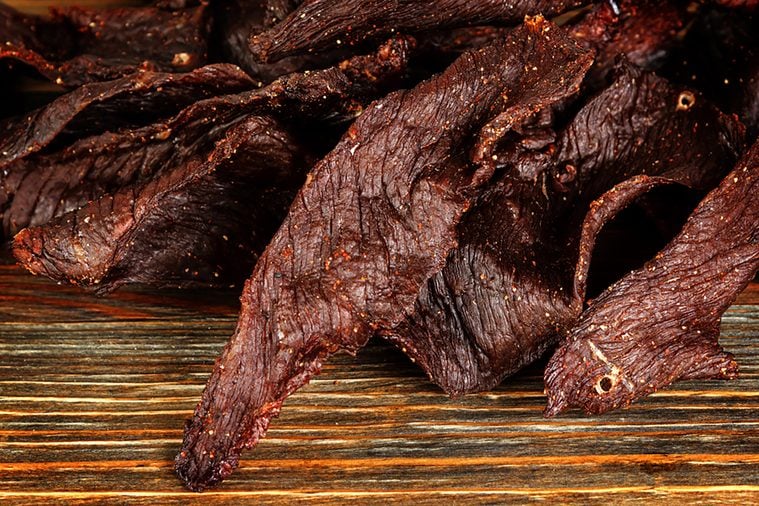
Beef jerky
You may find it in the “junk food” aisle, but each serving of beef jerky boasts around 10 grams of protein, which makes it an ideal energy booster before or after a workout. Look for brands marked as lean meat (less than 10 grams of fat per 3-ounce serving, according to the USDA) and low sodium (the FDA defines low sodium as 140 mg of sodium or less per serving; 480 mg or more of sodium per serving is considered high). Like regular meat, jerky—meat cut into strips and dried for preservation—offers healthy doses of zinc, which helps heal wounds, and iron, which carries oxygen to the lungs through red blood cells. Occasionally snacking on jerky is a way to gobble up essential minerals without preheating the oven. Check out these healthy foods that are way more nutritious than you thought.
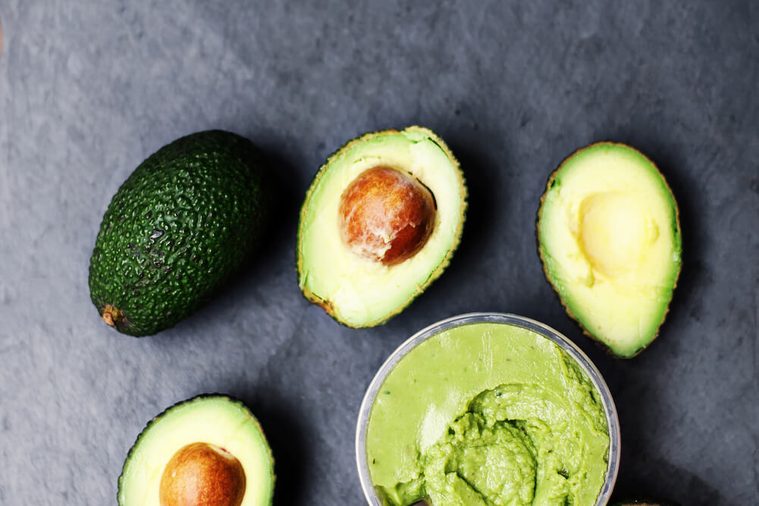
Avocados
This buttery fruit may be high in fat, but most of it is the monounsaturated kind, which can actually help reduce levels of bad cholesterol. A study published in the Journal of the American Heart Association assigned 45 participants to three cholesterol-lowering diets for five weeks each: a lower-fat diet without avocado, a moderate-fat diet without avocado, and a moderate-fat diet with one avocado per day. When participants ate avocado daily, they had significantly lower LDL, or “bad cholesterol,” compared with their usual levels. The other diets did not show the same significant results. Avocados contain nearly 20 vitamins and minerals, including considerable amounts of vitamins A, E, and C.
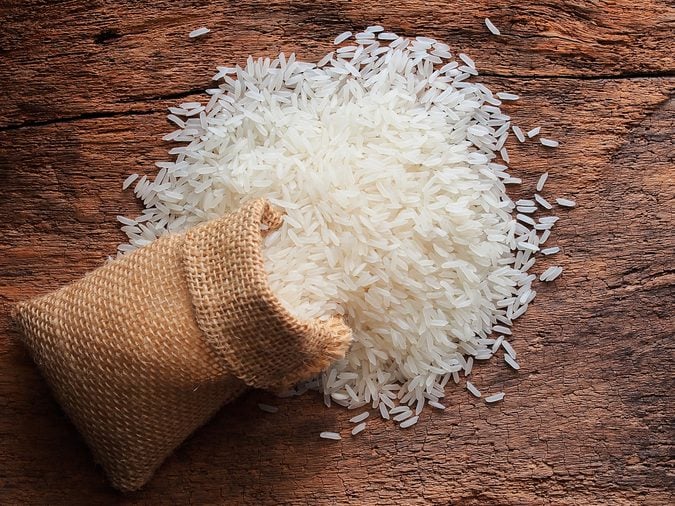
White rice
White rice gets a bad rap because it is about 90 percent carbohydrates (brown rice is only 85 percent), but it is a good source of magnesium, phosphorous, and iron. Both white rice and brown rice have about 5 grams of protein and a little over 200 calories per cup. While brown rice is a high-fiber whole grain (one cup has 3.5 grams of dietary fiber; a cup of white rice has 0.6 grams), it’s also very high in phytic acid, which can interfere with the absorption of minerals like iron and zinc. It’s perfectly healthy to include moderate amounts of both types of rice in your diet—in other words, no need to completely expel white rice to the land of untouchable foods, especially if you prefer it to brown. Don’t miss these other 13 “healthy” food habits nutritionist wish you’d quit.
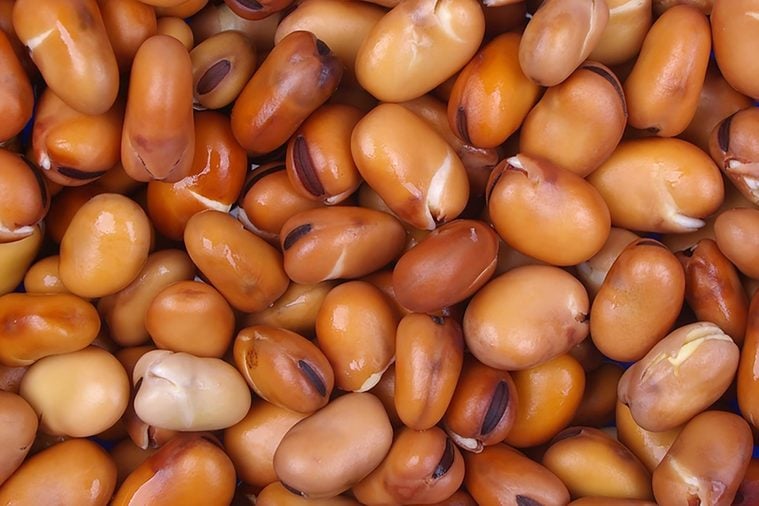
Canned beans
Though canned beans can have high sodium levels compared with dried beans, they are otherwise nutritionally similar. They have about the same number of calories and both boast about 14 grams of protein and 12 grams of fiber per serving. Draining and rinsing canned beans thoroughly can reduce sodium by more than 40 percent.
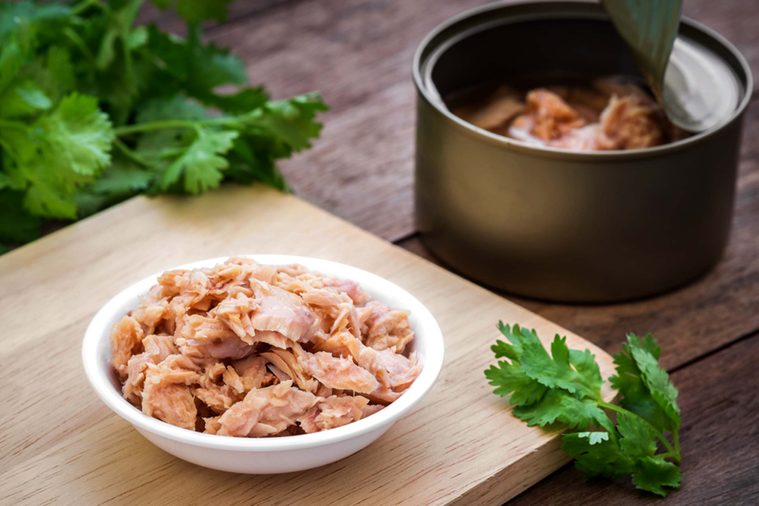
Canned tuna
Is canned tuna as healthy as fresh fish? Thankfully for our wallets, the answer is yes. Canned tuna and fresh tuna have nearly the same amounts of protein, with 16 grams of protein in one 3-ounce serving of canned light tuna and 20 grams in one 3-ounce serving of a tuna fillet. (The Center for Disease Control recommends 46 grams of protein a day for women and 56 grams for men.) Whether canned or fresh, tuna’s plentiful omega-3 fatty acids helps keep skin and hair healthy. Look for light or reduced-sodium canned tuna packed in water instead of oil. Make sure you know about these surprisingly unhealthy foods you need to avoid.
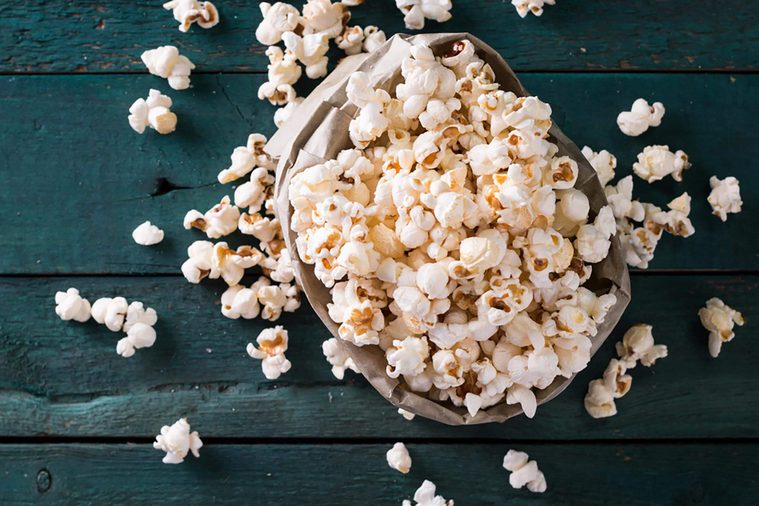
Popcorn
Your favorite cinema snack is actually a great source of whole grain and fiber—when it’s not drenched in butter and salt. Plain, air-popped popcorn is a natural whole grain with just 30 calories per cup. A study published in the Journal of the American Dietetic Association found that people who eat popcorn consume at least 20 percent more fiber than those who don’t. And those annoying shells that get stuck in your teeth? They’re actually high in antioxidants called polyphenols. Try lightly seasoning popcorn with sea salt or a drizzle of unsalted butter.
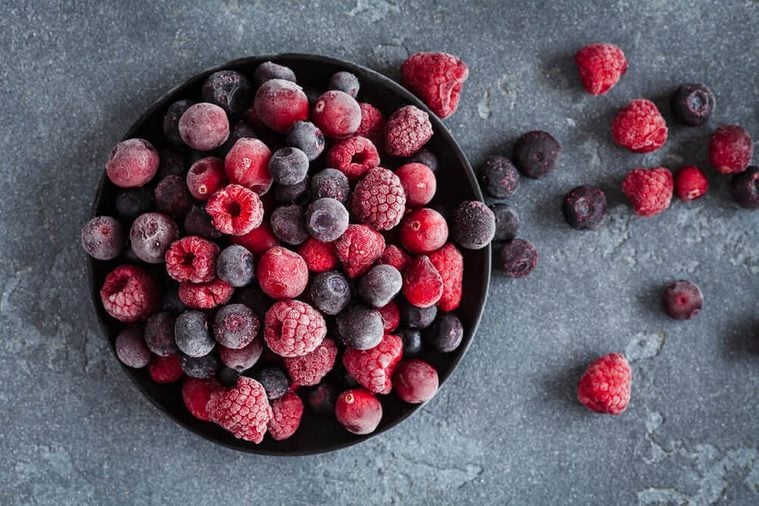
Frozen fruits and veggies
The first step of freezing involves killing bacteria by blanching the produce in hot water or steam, which does cause some water-soluble nutrients like vitamin C and B vitamins to leach out or break down. However, frozen produce tends to be picked at its peak ripeness, and the flash-freeze locks in nutrient levels at those high levels. Raw produce, on the other hand, is picked early, before it can develop a full range of vitamins and minerals. Because it ripens as it’s shipped to the supermarket, it won’t have the same nutritional value as if it had fully ripened on the vine. Don’t fall for these other frozen food myths nutritionists wish you’d stop believing.
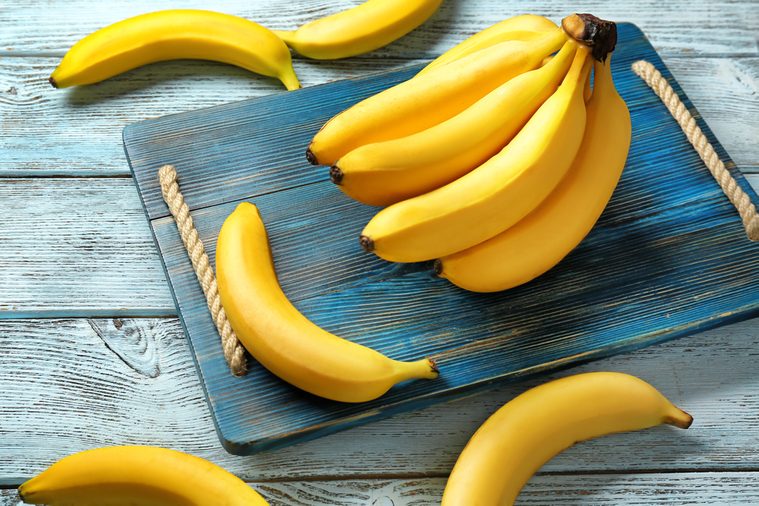
Bananas
Bananas are often shunned for being high in sugar and calories. (One medium banana has 110 calories and 14 grams of sugar; a cup of strawberries has 47 calories and 7 grams of sugar). Still, bananas’ high levels of potassium help lower blood pressure, and bananas are a good source of antioxidants and vitamin C, which can help combat free radicals known to cause cancer. Bananas also have the amino acid tryptophan, which research suggests is linked with preserving memory and boosting mood.
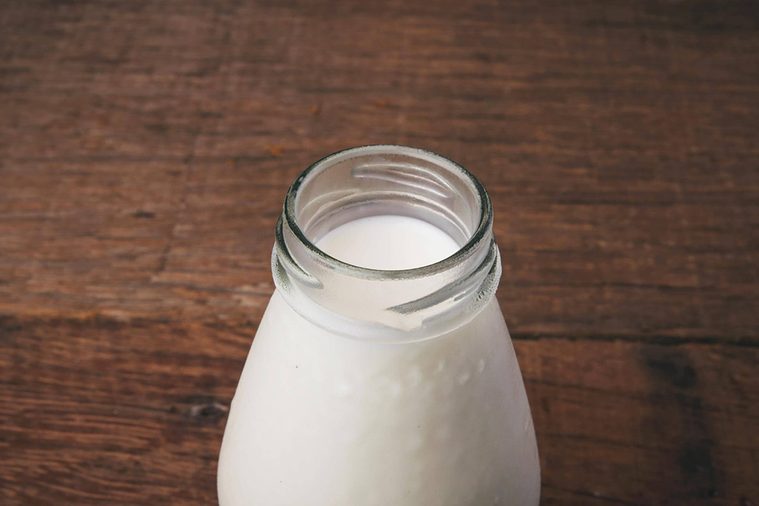
Whole milk
It’s counterintuitive, but high-fat dairy may help keep you slim. A study published in the Scandinavian Journal of Primary Health Care found that middle-aged men who consumed high-fat milk, butter, and cream were far less likely to become obese over 12 years than men who never or only rarely ate high-fat dairy. In another study in the European Journal of Nutrition, researchers found that high-fat dairy foods were linked with a lower risk of obesity. However, the explanation is still unclear. One theory: Whole milk is satiating, which results in eating less food overall. Another hypothesis is that milk fat alters metabolism in a way that helps our bodies burn fat rather than store it. The takeaway: Keep servings in moderation, but don’t feel guilty about the occasional glass of delicious whole milk. Next, read up on the healthiest foods you can buy at the supermarket.